2025
 | eMoulinet The goal of this project is to design an electric reel that will allow Maxime to reel in his line himself when he goes fishing with his dad. The demo and publication of the source code are coming soon. |  |
 | IsyReader Windows tools for making documents (PDF, Word) more accessible, developed for personal use by Olivier, a researcher at INRIA. The Presentation Poster (in french). | |
 | EnBosse A solution to help visually impaired parents by converting ultrasound scans into relief using BrailleRAP (an open-source Braille embosser), creating tactile overlays for monitoring growth curves, and inventing a technical aid for measuring baby bottle contents. This project is led by occupational therapists from the Cap Parents program. |  |
 | O’Hisse A replicable assistive device adapted to enable Marion, who has Duchenne muscular dystrophy, to stand up independently. The Presentation Poster (in french). |  |
| Gobe-Clés The aim of this project is to enable Maxime, whose fingers have limited mobility, to operate the buttons on his car key. The Presentation Poster (in french). |  | |
| EasySnap The initial use is for attaching / detaching the leash to a dog’s collar, but the system can have other applications. Mechanical modification of a commercial magnetic snap hook to facilitate handling. The Presentation poster and the demo (in french). |  |
2024
 | a’Grip A walking aid for Rime: suffering from cerebral palsy, Rime occasionally uses her walker to get around while walking. However, she frequently forgets to keep her left hand on the walking frame. The aim of the project is to design a tool to detect the absence of her left hand on the walker and remind her to put it back on, to help her move around more easily. |  |
 | Ball’Lance is a ball launcher for Antoine: Antoine suffers from muscular dystrophy. On a daily basis, he is accompanied by his assistance dog, with whom he is unfortunately unable to play due to his pathology. The aim of the project is to design a system adapted to Antoine’s limited mobility and strength, enabling him to throw the ball and play with his dog. The Presentation Poster (in french). |  |
 | Bionicohand is a do-it-yourself hand myoprosthesis with thumb abduction. HLI contributes to the electronic card development, the instrumentation to provide feedback to the user on exerted force and finger positions and to the preparation to Cybathlon 2024. Presentation poster |  |
 | Cesam makes it easier for people in wheelchairs to move around indoors; the aim of this project is to create a module to be placed at the bottom of doors, enabling them to be opened and closed automatically. |   |
 | Tactipix (in french) presents booklets for visually impaired children to discover tactile drawings step by step. These drawings can be printed on card using BrailleRAP and are accompanied by an audio commentary. Presentation poster (in french) |  |
2023
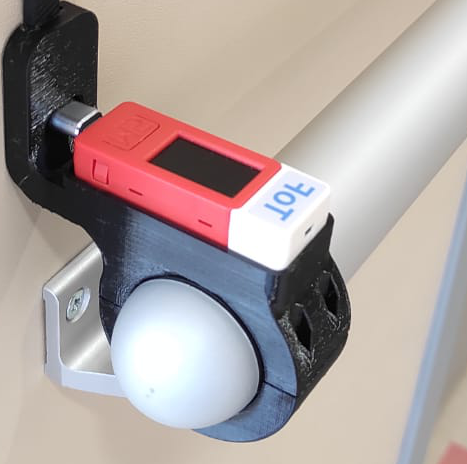 | BipBip is a walking speed measurement device based on 2 detection beacons.Its presentation sheet (in french). |  |
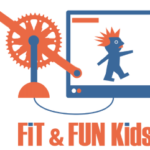 | Fit and Fun Kids is developing a catalog of interactive games, adapted to different types of physical activity and encouraging their practice. Videos : installation, jump rope, cat and mouse, frog, space dogInstallation sheet and the presentation poster (in french). |  |
 | The FrollnRoll project involves designing a contactless activation system for a power-assisted wheelchair. |  |
 | Inkredable is a tool to help people writing by generating a made to mesure orthesis that allows to handle a pen. |  |
2022
 | The Sound Cane project is to translate the obstacles encountered by sounds of different frequencies. This project is initiated by the MHK. The Inria Rainbow team in Rennes, involved in the Défi Dornell, supervised an INSA internship to develop this version. |  |
> | ChuChut – Volume limiter for headphones. This prototype can be adapted to any type of wired headphones in order to control the maximum volume of the sound. |  |
 | Fit and Fun proposes to add a screen to a hand pedalboard to get feedback and make its use more interactive, in particular by equipping it with a video game whose input is the speed of the pedalboard. It is intended for the gym specialized for people with motor disabilities. |  |
 |
Télescopince is a telescopic gripper for gripping objects from a seated position for people with gripping difficulties, lack of palmar grip or lack of reach. Commercial solutions provide only a partial solution, without telescoping. |  |
2021
 | The project Magic Control V2 aims to develop a low cost control of electric wheelchair environment allowing to control the functions of the wheelchair and the environment of the user via the magic joystick and a low pressure joystick. The action has supervised two INPG engineers trainees to realize this V2 version |  |
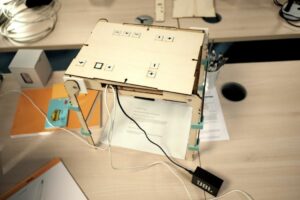 | The goal of the READForMe project is to create a reading machine capable of acquiring text from an image capture and reading it with a voice synthesis. Powerful solutions already exist but the idea is to propose an open-source solution requiring neither smartphone nor internet connection. We contributed to the third version during the Fabrikarium 2021 |   |
 | Shoeshoe: Instrumented shoe for guiding visually impaired students within a school. The concept has been imagined by a class of CE1-CE2 during a Savanturiers project. Within the framework of the AEX, we are currently finalizing a functional prototype. The documentation (in french) to go further |  |
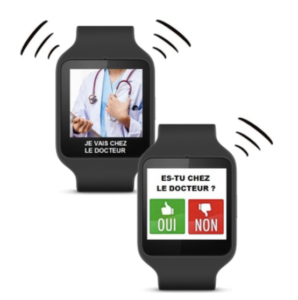 | Watchelp: Autonomy at your fingertips
We have an Android connected watch (Ticwatch Pro 3) and a free Watchelp account. We can provide the watch and accompany a few weeks of testing. This can be useful, for example, to an ergotherapist to build a MDPH request for a patient, prior to the purchase of a watch |
2021
 | Exofinger aims to imagine and create for – and with – Bastien, suffering from tetraplegia, a motorized thumb orthosis allowing a thumb-index wrench type grip to hold a pen. The project was launched at a “Fabrikarium” event organized by Ariane Group and MyHumanKit in October 2020. The work has been going on since then… Presentation poster. |    |
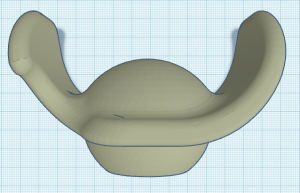 | 3D modeling of small objects adapted to individual needs |
Scientific mediation
Our action is also oriented towards scientific mediation with people with disabilities.
In parallel, we carry out an activity of scientific mediation and disability awareness. For example the ShoeShoe project of instrumented shoes (see above). We develop pedagogical tools to accompany teachers of middle schools and elementary school in the implementation of robotics and computer programming projects.
 | Co2 concentration sensor in class Pedagogical supports for the implementation of scientific activities around the measurement of the Co2 rate. NB. The SCD30 (NDIR) sensor is to be preferred for a reliable CO2 rate detector. The SGP30 (MOX) sensor measurements can be distorted by the presence of certain components in the air. But the SGP30 sensor, much cheaper, remains interesting from an educational point of view and especially by proposing to the students to compare the measurements of the 2 solutions. |
